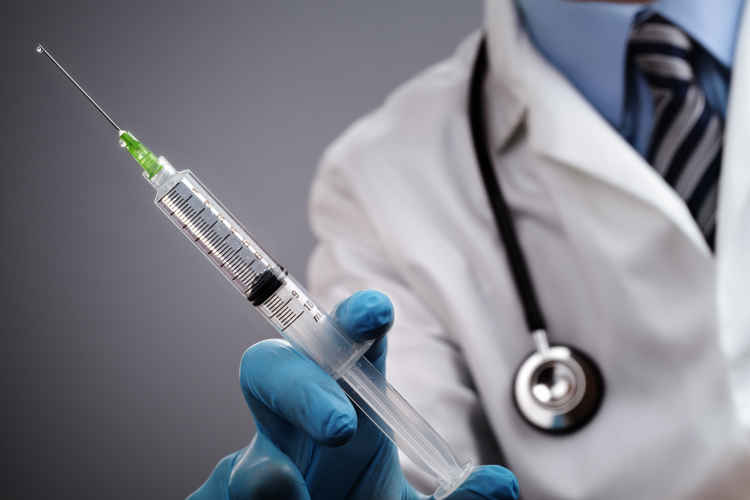Researchers at Stanford University School of Medicine have made an incredible breakthrough in the detection of lung cancer, which they hope will soon be broadly used to identify many other types of cancer. In blood tests they were able to identify around 50 percent of study participants with stage-1 lung cancer, and all patients who had more advanced lung cancer.
Previously blood tests, which look for levels of cancer tumor DNA in the blood, had to be customized per patient, and required time-consuming steps. Maximilian Diehn, who is an assistant professor of radiation oncology at Stanford University School of Medicine, explained the goals of the study.
“We set out to develop a method that overcomes two major hurdles in the circulating tumor DNA field,” he said in a statement from Stanford. “First, the technique needs to be very sensitive to detect the very small amounts of tumor DNA present in the blood. Second, to be clinically useful it’s necessary to have a test that works off the shelf for the majority of patients with a given cancer.” Diehn shares senior authorship of the study with Ash Alizadeha, assistant professor of medicine. Lead authorship is shared between two postdoctoral scholars, Aaron Newman and Scott Bratman. Their results were published in the April 6 edition of the science journal Nature Medicine.
Cancer cells, even if they are not being treated, both divide and die off. According to the Stanford study, when cancer cells die they release their DNA into the bloodstream. If this DNA is detected, cancer is detected — not only can it be found but treatment can be monitored along with tumor mutations, the volume of the tumor and responses to therapy.
According to lead author Scott Bratman, “The vast majority of circulating DNA is from normal, non-cancerous cells, even in patients with advanced cancer.”
“We needed a comprehensive strategy for isolating the circulating DNA from blood and detecting the rare, cancer-associated mutations,” Bratman said. “To boost the sensitivity of the technique, we optimized methods for extracting, processing and analyzing the DNA.”
Their technique is called Cancer Personalized Profiling by deep Sequencing, or CAPP-Seq. It is sensitive enough to pull one molecule of cancerous DNA out of 10,000 healthy DNA molecules. The research focused on non-small-cell lung cancers, which includes most types of lung cancer: denocarcinomas, squamous cell carcinoma and large cell carcinoma. But the researchers believe it could be used to detect other solid cancer tumors. Leukemias, or blood-born cancers, are already monitor-able via blood test.
Tumor DNA differs from normal healthy DNA due to mutations of the nucleotide sequences. These mutations, however, differ patient to patient, so it is difficult to pinpoint the exact mutation that red flags DNA as cancer. The researchers looked at 407 patients’ cancer DNA from the Cancer Genome Atlas who had non-small-cell lung cancer, and searched for areas of the genome that had cancer mutations. “We looked for which genes are most commonly altered, and used computational approaches to identify what we call the genetic architecture of the cancer,” Ash Alizadeh, told Stanford.
The team found 139 regularly mutated genes and a sophisticated way to test for more than one mutation at a time. Diehn explained, “By sequencing only those regions of the genome that are highly enriched for cancer mutations, we’re able to keep costs down and identify multiple mutations per patient.”
CAPP-Seq can be used not only to diagnose cancer, but also to give prognoses and track how cancer cells are reacting to treatment. It can also help doctors determine what type of treatment should be used. Ultimately they hope the CAPP-Seq test will be able to screen for multiple types of cancers — even at the same time — and improve patient outcomes. “If we can monitor the evolution of the tumor, and see the appearance of treatment-resistant subclones, we could potentially add or switch therapies to target these cells,” Diehn explains.
Though this breakthrough doesn’t treat cancer, detection is very important. According to the World Health Organization, “Early detection of cancer greatly increases the chances for successful treatment.”
Diehn says, “It’s also possible we could use CAPP-Seq to identify subsets of early stage patients who could benefit most from additional treatment after surgery or radiation, such as chemotherapy or immunotherapy.”
h/t Stanford

